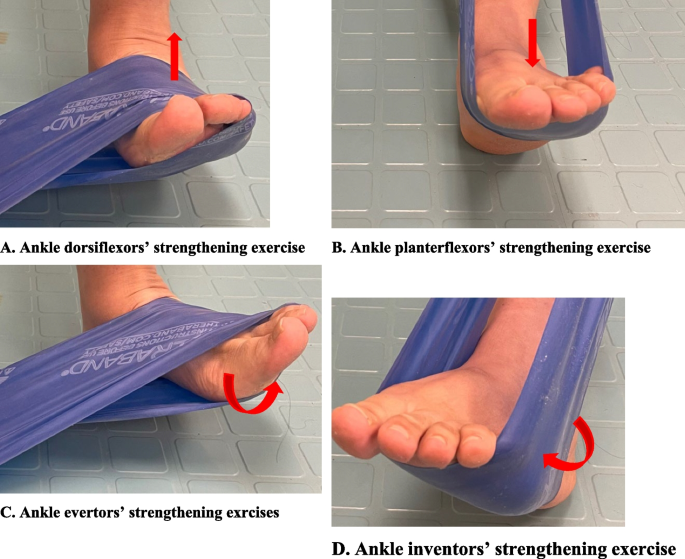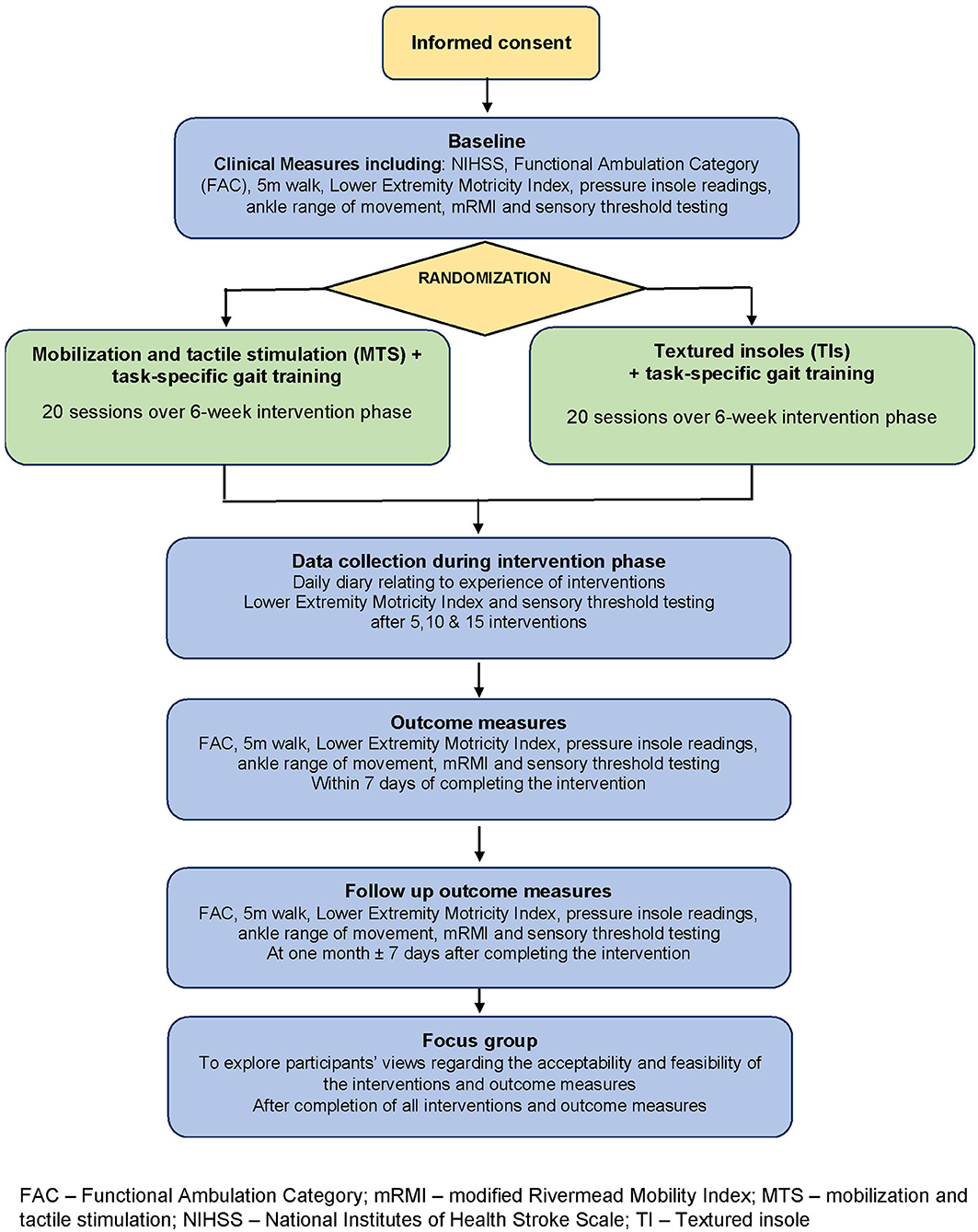Effects of 6 weeks of ankle stability exercises on pain, functional abilities, and flexibility in patients with chronic non-specific low back pain: a randomized controlled trial

Background Due to delayed activation of the deep trunk muscles, patients with chronic non-specific low back pain use different adjustment strategies to maintain postural control. Patients with chronic non-specific low back pain maintain a quite standing posture during pain episode and challenging activities by using signals from other joints, mainly the ankle joint. Since proprioceptive signals from the ankle joint reduce postural control variability in patients with chronic non-specific low back pain, this study explored whether ankle stability exercises added to traditional physical therapy exercises would improve the intensity of pain, functional disabilities and lumbar flexion range of motion in patients with chronic non-specific low back pain. Methods Sixty patients with chronic non-specific low back pain participated in the current study. Patients were randomly assigned into two groups: group A and group B. Patients in group A received traditional physical therapy exercises for low back pain. Patients in group B received the same traditional physical therapy exercises as patients in group A, plus ankle stability exercises. The intensity of pain, functional disability, and lumbar flexion range of motion were assessed twice before and after a 6-week period during which each group received their interventions. Results Mixed design MANOVA revealed a significant decrease in visual analog scale and Oswestry Disability Index in group B compared to group A post treatment (p < 0.05). Moreover, there was a significant increase in the lumbar flexion range of motion in group B compared with group A post treatment (p < 0.05). Conclusion The findings of this study revealed that adding ankle stability exercises to the traditional physical therapy exercises significantly improved pain, Oswestry Disability Index, and lumbar flexion range of motion in patients with chronic non-specific low back pain. Thus, ankle strengthening and proprioceptive exercises may be beneficial in the management of chronic non-specific low back pain.

Neurodynamic exercises provide no additional benefit to extension-oriented exercises in people with chronic low back-related leg pain and a directional preference: A randomized clinical trial - ScienceDirect

The percentage change in maximal isometric muscle strength at each

10000 PDFs Review articles in MANOVA

PDF) Effects of Core Stabilization Program and Conventional Exercises in the Management of Patients with Chronic Mecffanical Low Back Pain

Frontiers Sensory Stimulation of the Foot and Ankle Early Post-stroke: A Pilot and Feasibility Study

Effect of instrument-assisted soft tissue mobilization combined with blood flow restriction training on function, pain and strength of patients with patellofemoral joint pain, BMC Musculoskeletal Disorders

PDF] Validity and Utility of Four Pain Intensity Measures for Use in International Research

Changes in physical disability measures over time.

PDF) Effects of proprioceptive exercises on pain and function in chronic neck- and low back pain rehabilitation: a systematic literature review

Effects of 6 weeks of ankle stability exercises on pain, functional abilities, and flexibility in patients with chronic non-specific low back pain: a randomized controlled trial

The Effect of Core Stability Exercises on Variations in Acceleration of Trunk Movement, Pain, and Disability During an Episode of Acute Nonspecific Low Back Pain: A Pilot Clinical Trial - ScienceDirect







